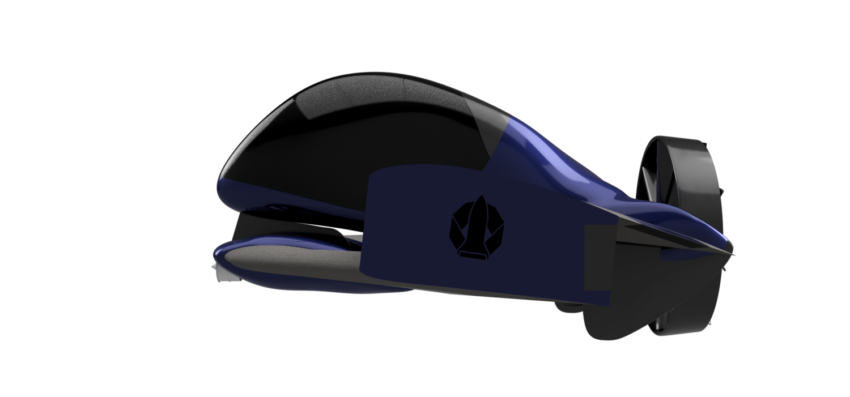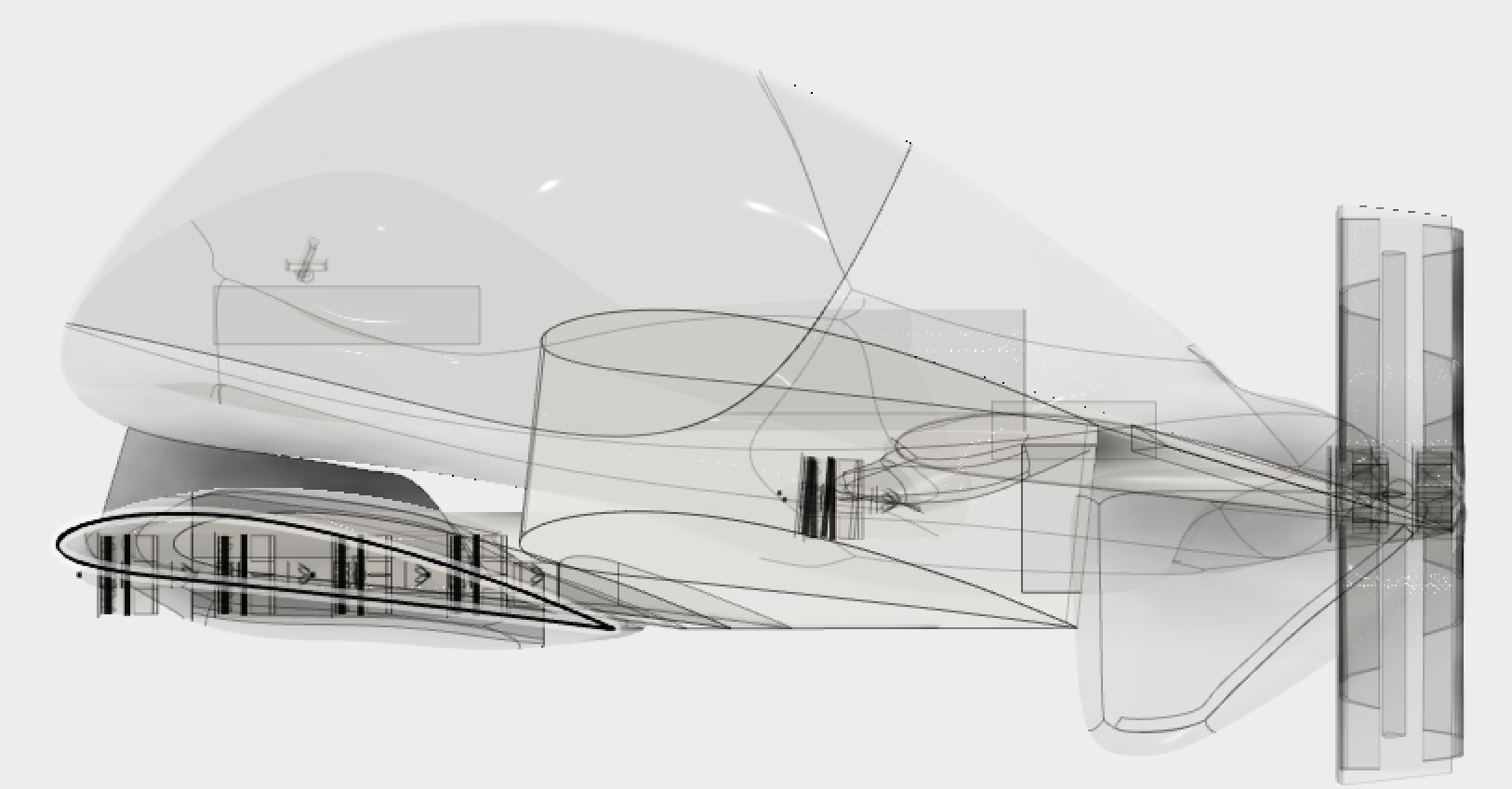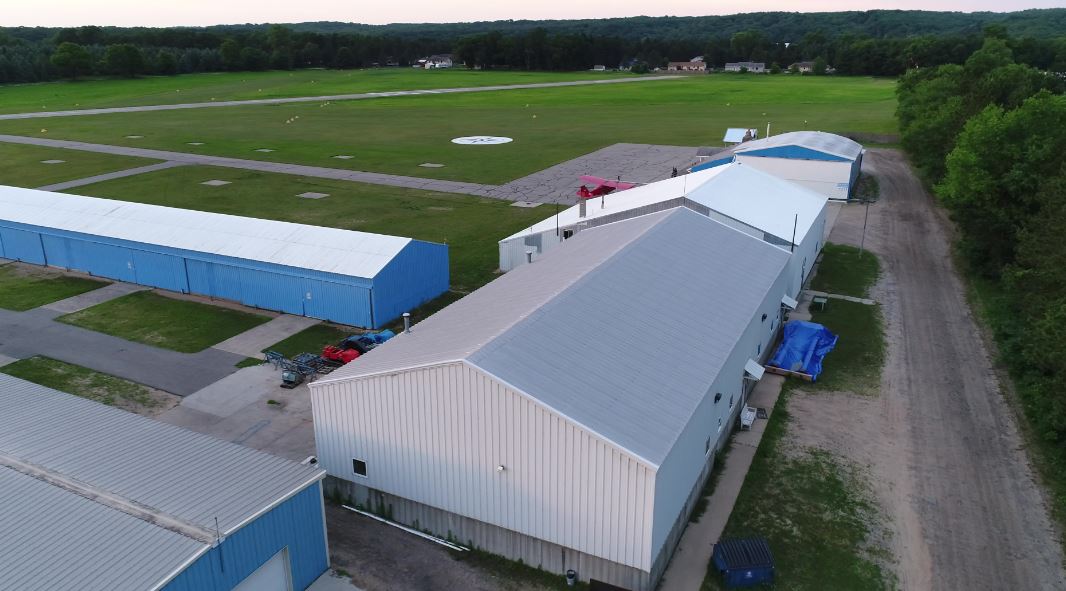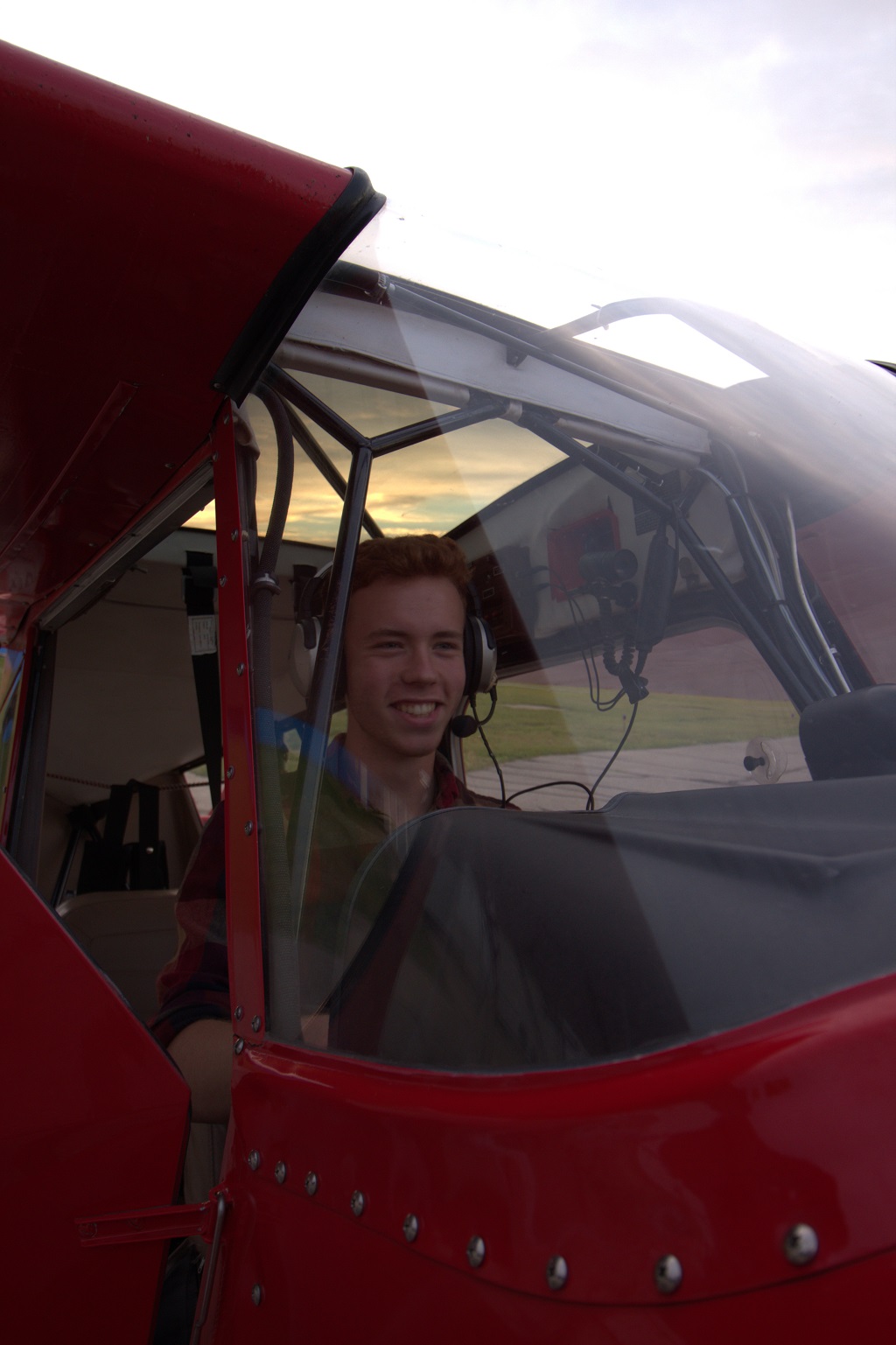Vertical Take Off and Landing vehicles (VTOLs) and Electric Vertical Take Off and Landing Vehicles (eVTOLs) are considered to be the future of human mobility. While companies like UBER are actively working to organize their fleet to offer innovative services to their customers, the interesting question to ask might be: when VTOLs or eVTOLs are going to be available – or better to say affordable – for the average person?
The answer to this question is quite difficult: right now aircraft building companies are not focused on that section of the market, as they rather see VTOLs and eVTOLs as a premium service for large transport company.
Wind Craft Aviation, the Aviation startup from Michigan, is taking a different approach on this. They don’t want just to be innovative; but they believe innovation has to be available for everyone. It’s a similar approach to the one Henry Ford had in the early 1900, who was also from Michigan, and who allowed millions of Americans to buy their first car: the legendary Ford Model T.
Could Wind Craft Aviation follow a similar path? Considering that this company is not only doing innovation but is also focused on clean technology to power its VTOLs we have for sure a good starting point.
Impakter had the opportunity to chat with Alex Taylor, Founder and CEO of Wind Craft Aviation. What are the next projects for its company? Here what Alex had to say.
https://www.youtube.com/watch?v=QNOEDkyM_Fo
Alex, you are fairly young and you already run an aviation company. How did you make this happen?
Alex Taylor: There is nothing that has ever trumped my passion and infatuation to fly. Growing up as the son of two missionaries in a foreign country complicated that passion for two reasons. There is little to no general aviation in the Middle East and the little that there is happens to be much to expensive.
I think that it’s no coincidence that Wind Craft Aviation, the company I founded over a year ago is largely focused on accessible aviation. We moved back to the United States when I was 12 and the challenge of affording flight training persisted but by this time I had already built my first UAV and was well on my way to what would become dozens and dozens over the next few years.

I decided at 14 I was not going to sit around an wait for someone or something to give me permission to act on my abilities. After a year of building for local hobbyists, I started building my first agricultural and cinematic drones. I organized our operations under a company called Wind Craft Quads and at 16 I became the youngest commercial UAS pilot in the U.S. But by that time my aspirations had changed, I started to look at what I was building with a different perspective that encompassed not only transporting pesticides, cameras, and packages but people and what that meant for the global population.
I realized I had become very good at building flying machines out of a desire to fly for myself, and that desire not only permeated every culture around the world but morphed into a necessity rather than just a curiosity. In October of 2017, I founded Wind Craft Aviation because we believed accessible aviation could fundamentally change the world.
What kind of aircraft are you currently developing?
A. T. : Wind Craft Aviation is developing the worlds first alternative energy E-VTOL who’s performance exceeds the ability of existing aircraft at 1/3 the cost.
Why? A few revelations we’ve had over the course of the last year and a half are important to understanding both the simplicity and enormity of the project. We believe that for a technology to achieve its full potential it has to be developed selflessly and true disruptive technology has to be applicable in every area, every market and geographical region. What good is a solution for a problem as overarching as sustainable transportation if it is reserved to a specific market? Or cost prohibitive?
Does a universally accessible and affordable hydrogen-powered personal aerial vehicle sound crazy? We think so too and part of that is why we take the design risks to ensure that the impact of accessible aviation will someday be embodied in an object parked in your driveway.
RELATED ARTICLES – Fly with Impakter:
![]() Element One – World’s First Hydrogen-Electric Passenger Plane Powered by HES
Element One – World’s First Hydrogen-Electric Passenger Plane Powered by HES
![]() VerdeGo Aero™ : Three partnerships to make VTOLs Takeoff
VerdeGo Aero™ : Three partnerships to make VTOLs Takeoff
![]() Pipistrel & Honeywell: A Memorandum of Understanding for the Future of Urban Mobility
Pipistrel & Honeywell: A Memorandum of Understanding for the Future of Urban Mobility
At what stage of the project are you now?
A.T. : Currently, Wind Craft Aviation is in a seed round of fundraising and we continue to prove components of our technology in our hangar in Lowell, Michigan. Different facets of our plan are coming together in the form of partnerships and market research as well and prototyping and events like EAA AirVenture. The team consists of 17 engineers, pilots, and mechanics, we’ve also opened up internships and executive positions to the aviation and business community.

What makes the project of your aircraft better compared to your competitors?
A. T. : The list of companies developing E-VTOL platforms continues to grow. Most are well funded and some have working prototypes, but being commercially viable means taking a non-traditional approach. We have to combine several innovations into one package to create a vehicle that meets and excels current solutions and Wind Craft Aviation is the only concept to do so.
Our prototype, “Sally Jean” functions using a fuel with 4x the energy density of Jet A, 10x less drag than our competitors, and with a range and endurance comparable to existing aircraft, all at the price point of a new car. Our partners are on the forefront of fuel cell technology, and for aviation, it’s a breakthrough.
At the end of the day, each function of “Sally Jean” is vital to creating a high impact product viable commercially in every environment. And simply that phrase encompasses the inherit deficiency of other concepts coming to market.

What are your thoughts about the SDGs? Specifically regarding the current situation in the US?
A. T. : In a perfect world, we would always be cognizant of SDGs in countries like the U.S. But the reality is that we rarely realize that others are suffering due to problems we have the resources and abilities to fix. I think a more important emphasis should be put on empowering those around you to pursue selfless innovation and creating the financial infrastructure for unconventional, impact-oriented projects to thrive. In the long term, I look forward to the day that SDGs are a CSDGs, Completed Sustainable Development Goals.
In the cover picture: Alex Taylor CEO and Fonder of Wind Craft Aviation. Photo Credit: Wind Craft Aviation










